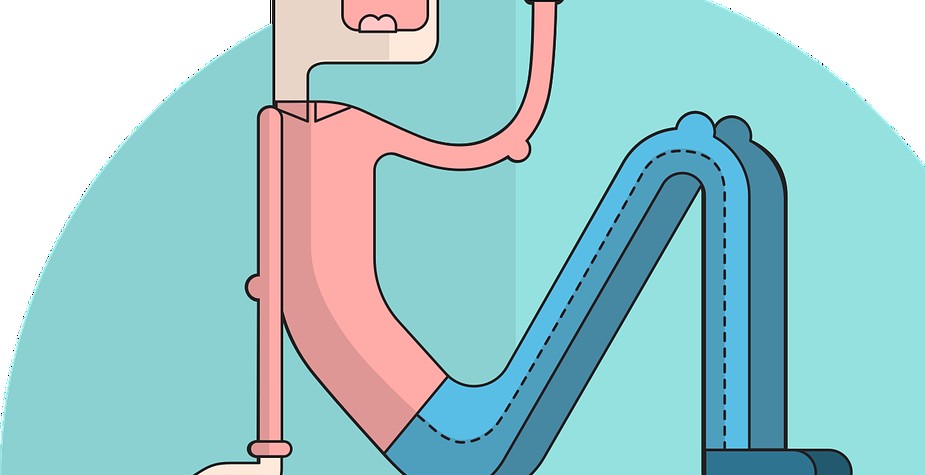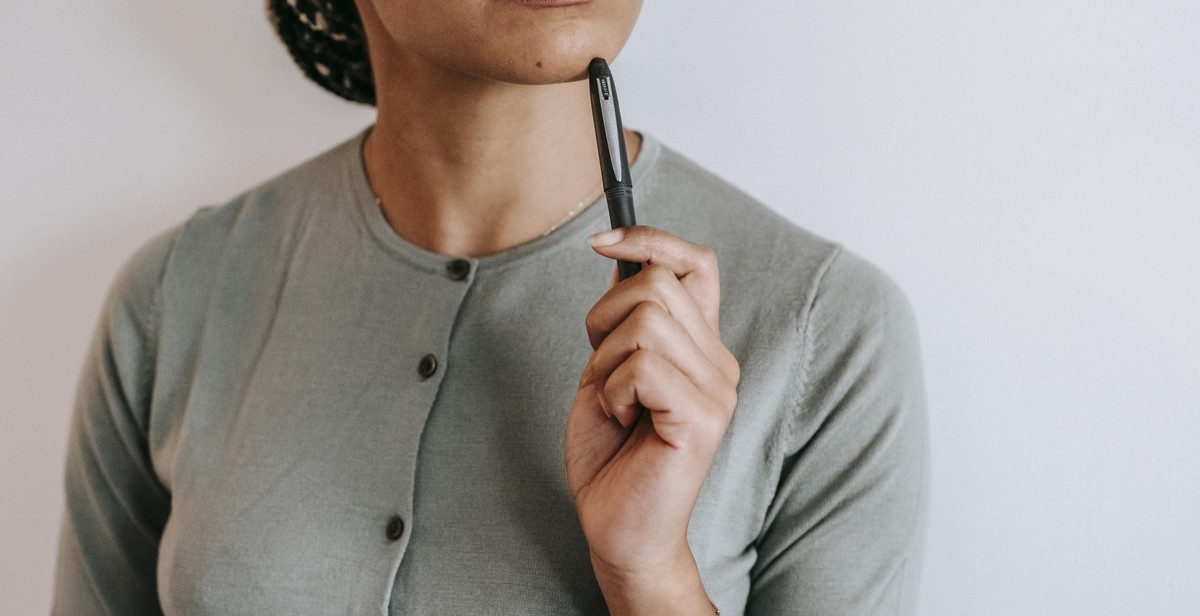Introduction
Creating a business casual wardrobe can be a challenging task for many professionals. Business casual is an attire that is less formal than traditional business wear but still maintains a professional look. It is a dress code that is commonly used in workplaces that do not require employees to wear a suit and tie every day. However, it can be difficult to strike a balance between professionalism and style when putting together a business casual outfit.
Business casual attire varies depending on the workplace, industry, and company culture. It is important to understand what is appropriate for your workplace to avoid over or underdressing. In general, business casual attire includes dress pants, khakis, collared shirts, blouses, dresses, skirts, and closed-toe shoes. However, jeans, sneakers, and flip-flops are typically not acceptable in a business casual setting.
When creating a business casual wardrobe, it is essential to invest in versatile pieces that can be mixed and matched to create different outfits. Neutral colors like black, gray, navy, and beige are ideal for creating a professional and cohesive look. Additionally, accessories like belts, scarves, and jewelry can add personality and style to a business casual outfit.
In this article, we will provide tips and guidelines on how to create a business casual wardrobe that balances professionalism and style. We will also discuss the dos and don’ts of business casual attire to help you look and feel confident in any professional setting.

Assessing Your Workplace Culture
Before creating a business casual wardrobe, it’s important to assess the workplace culture and understand the dress code. This will help you strike a balance between professionalism and style.
Understanding the Dress Code
Business casual varies from one workplace to another. Some companies have a more relaxed dress code, while others may require a more formal attire. It’s important to understand the dress code in your workplace and follow it accordingly.
Typically, business casual attire for men includes a collared shirt, dress pants, and dress shoes. For women, business casual attire may include a blouse, skirt or dress pants, and closed-toe shoes.
Some workplaces may allow jeans as part of their business casual dress code. However, it’s important to note that not all jeans are appropriate for the workplace. Avoid distressed or ripped jeans, and opt for a darker wash or black denim for a more professional look.
Observing Your Colleagues
Observing your colleagues can give you a good idea of what’s acceptable in your workplace. Take note of what your colleagues wear on a daily basis, and make note of any comments or feedback they receive on their attire. This can help you determine what’s appropriate and what’s not.
It’s also important to consider the position and level of seniority of your colleagues. Senior management may have a more formal dress code, while entry-level employees may have more leniency in their attire.
By observing your colleagues, you can get a sense of what’s considered acceptable and what’s not in your workplace. This will help you create a business casual wardrobe that’s appropriate and professional.

Building Your Foundation
Creating a business casual wardrobe requires investing in quality basics. These pieces will form the foundation of your wardrobe and will be the building blocks for creating a variety of outfits. When choosing your basics, it is important to prioritize quality over quantity. While it may be tempting to buy a lot of inexpensive items, investing in higher quality pieces will save you money in the long run as they will last longer and look better.
Choosing Neutral Colors
When building your foundation, it is important to select pieces in neutral colors. Neutral colors such as black, white, gray, and navy are versatile and can be paired with a variety of other colors and patterns. By choosing neutral colors for your basics, you can easily mix and match pieces to create new outfits without having to worry about clashing colors.
Creating a Capsule Wardrobe
A capsule wardrobe is a collection of essential items that can be mixed and matched to create a variety of outfits. By creating a capsule wardrobe for your business casual attire, you can streamline your closet and save time getting dressed in the morning. To create a capsule wardrobe, start by selecting your basics in neutral colors. Then, add a few statement pieces such as a blazer or a statement necklace to add some personality to your outfits.
| Investing in Quality Basics | Choosing Neutral Colors | Creating a Capsule Wardrobe |
|---|---|---|
| Quality over quantity | Black, white, gray, navy | Essential items mixed and matched |
| Last longer, look better | Versatile, easy to mix and match | Streamline your closet, save time |
By following these tips for building your foundation, you can create a business casual wardrobe that is both professional and stylish.

Adding Personality to Your Wardrobe
While it’s important to maintain a professional appearance in the workplace, you don’t have to sacrifice your personal style. Incorporating accessories and statement pieces into your business casual wardrobe is a great way to add some personality and flair.
Incorporating Accessories
Accessories are a great way to add interest and personality to your outfit without going overboard. Consider adding a statement necklace or earrings to a simple blouse or dress. A colorful scarf can add a pop of color to a neutral outfit, while a belt can cinch your waist and add some shape to a loose-fitting dress or top.
When it comes to shoes, opt for comfortable yet stylish options like loafers or ankle boots. A statement shoe, such as a bold colored pump or patterned flat, can also add some personality to your outfit.
Choosing Statement Pieces
Statement pieces are items that stand out and draw attention to your outfit. These can include bright blazers, printed skirts, or unique jewelry. When choosing statement pieces, be sure to balance them with more neutral items to avoid looking too busy.
A statement blazer can be paired with a simple blouse and trousers for a chic and professional look. A printed skirt can be paired with a solid-colored blouse and simple accessories. A unique piece of jewelry, such as a chunky bracelet or oversized earrings, can add some interest to a simple outfit.
Conclusion
By incorporating accessories and statement pieces into your business casual wardrobe, you can add some personality and flair while still maintaining a professional appearance. Be sure to balance these items with more neutral pieces to avoid looking too busy or over-the-top.

Dressing for Specific Occasions
While a business casual wardrobe can cover a wide range of situations, there are specific occasions that require a more tailored approach to dressing. Here are some tips on how to dress for three common business situations:
Attending Business Meetings
When attending a business meeting, it’s important to dress in a way that conveys professionalism and competence. Stick to classic, tailored pieces like a blazer, dress pants or skirt, and a button-up shirt or blouse. Avoid anything too trendy or revealing. Keep accessories to a minimum and opt for closed-toe shoes.
- Men: A suit and tie are always a safe bet. If the meeting is less formal, a blazer and dress pants with a button-up shirt and dress shoes will suffice.
- Women: A pantsuit or skirt suit with a blouse is a good choice. If you prefer a dress, choose a knee-length style with a modest neckline and sleeves. Pair with closed-toe heels.
Going to Networking Events
Networking events are a great opportunity to make connections and expand your professional circle. Dressing appropriately can help you make a good first impression. Aim for a polished, put-together look that’s not too stuffy.
- Men: A blazer with dress pants and a collared shirt is a good choice. You can skip the tie if the event is more casual. Opt for dress shoes, but avoid anything too flashy.
- Women: A dress or skirt with a blouse is a good choice, or you can opt for dress pants with a blouse or sweater. Choose comfortable yet stylish shoes, and keep accessories simple.
Dressing for Casual Fridays
Casual Fridays can be a bit of a minefield. While you want to be comfortable, you also want to maintain a professional appearance. The key is to strike a balance between casual and polished.
- Men: Dark wash jeans or chinos with a button-up shirt or polo is a good choice. You can add a blazer for a more pulled-together look. Sneakers are generally acceptable, but avoid anything too beat-up or casual.
- Women: A dress or skirt with a cardigan or sweater is a good choice, or you can opt for dark wash jeans with a blouse or sweater. Avoid anything too revealing or casual. Sneakers or loafers are a good choice for footwear.
| Situation | Men | Women |
|---|---|---|
| Business Meetings | Suit and tie or blazer and dress pants | Pantsuit or skirt suit with blouse or knee-length dress |
| Networking Events | Blazer with dress pants and collared shirt | Dress, skirt, or dress pants with blouse or sweater |
| Casual Fridays | Dark wash jeans or chinos with button-up shirt or polo | Dress, skirt, or dark wash jeans with blouse or sweater |

Conclusion
Creating a business casual wardrobe can be a daunting task, but with the right approach, it can be achieved easily. In summary, the key to balancing professionalism and style is to choose clothes that are comfortable, versatile, and appropriate for your workplace.
Putting It All Together
Here are the main takeaways to keep in mind when building a business casual wardrobe:
- Invest in quality basics, such as dress pants, blouses, and blazers, that can be mixed and matched.
- Choose clothes that fit well and flatter your body shape.
- Accessories, such as jewelry and scarves, can add personality and style to your outfit.
- Don’t forget about footwear – opt for comfortable and stylish shoes that are appropriate for your workplace.
- When in doubt, err on the side of professionalism rather than casualness.
By following these tips, you can create a business casual wardrobe that is both stylish and professional. Remember, your appearance can have a significant impact on how others perceive you in the workplace, so it’s important to dress appropriately and confidently.
| Related: | How to Dress for Success: Tips for Men and Women |
